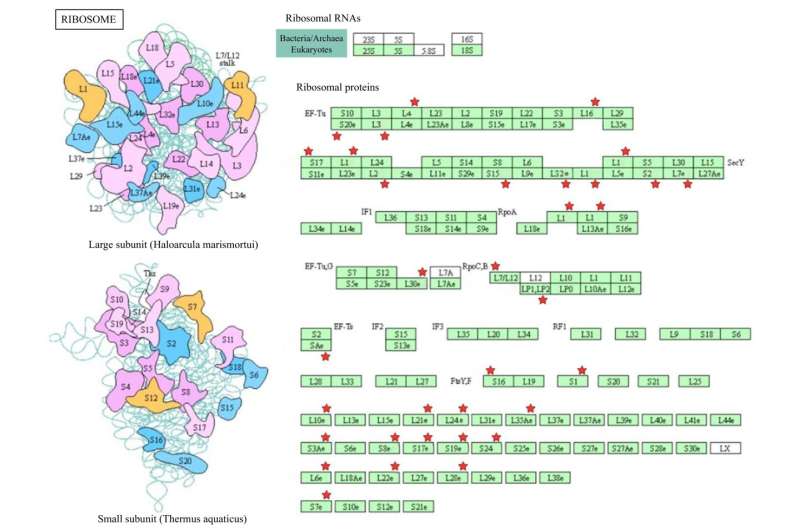This article has been reviewed according to Science X's editorial process and policies. Editors have highlighted the following attributes while ensuring the content's credibility:
fact-checked
trusted source
proofread
Proteomic insights reveal key strategies to extend broccoli's freshness and shelf life

A research team has investigated proteome-level changes in harvested broccoli florets stored at room temperature and refrigerated conditions using Tandem Mass Tag (TMT) technology. Their findings reveal that cold storage temperatures reduce protein degradation pathways and key metabolic activities, including autophagy and carbon metabolism.
The study's insights into the molecular mechanisms of broccoli senescence can lead to strategies for extending fruits' and vegetables' freshness and shelf life, improving postharvest management, reducing food waste, and enhancing the utilization of agricultural resources.
The family Brassicaceae includes widely grown vegetable crops, with broccoli being the most consumed and containing bioactive compounds like glucosinolates. Although several transcriptomic studies have been reported on broccoli's stress responses, there's limited knowledge of protein dynamics during postharvest senescence.
Current transcriptomics often fails to align with protein expression, underscoring the need for proteomic approaches to study protein changes. TMT technology, a high-throughput method, allows for precisely quantifying proteins by labeling peptides, making it ideal for this research.
A study, published in Vegetable Research on 2 April 2024, investigates the hypothesis that senescence involves distinct processes identifiable by protein profiles, analyzing harvested broccoli stored at different temperatures using TMT technology.
To investigate proteomic responses to storage temperatures in broccoli, farm-grown broccoli was stored at 4°C and 25°C for 1, 3, and 5 days, followed by proteomic profiling using TMT technology. The results showed that broccoli stored at 4°C retained its green color and firmness longer than those stored at 25°C, which yellowed and wilted quickly.
Differentially expressed proteins (DEPs) were identified, with 1,714 DEPs at 25°C and 2,276 DEPs at 4°C. Venn Diagram analysis revealed 156 upregulated proteins at 4°C and 221 at 25°C, with more DEPs upregulated on days 3 and 5 at 25°C. Proteins involved in stress response and metabolic pathways were more upregulated at 25°C, indicating accelerated senescence at the higher temperatures.
Proteins related to the ubiquitin-proteasome pathway were differentially expressed, highlighting the impact of temperature on protein degradation and senescence. Functional categorization of DEPs indicated that room temperature storage led to higher biological activity, while lower temperature storage reduced senescence by slowing down metabolic processes.
Moreover, the tobacco transient assay results showed that overexpression of the identified genes Arabidopsis homologs of the broccoli gene HIRD1 and harpin (HrpN)-interacting protein would accelerate leaf senescence in tobacco epidermal tissue. These findings suggest that specific protein dynamics during senescence can be targeted to develop strategies for extending the shelf life of broccoli.
According to the study's lead researcher, Tie Liu, "Incorporating proteomics into postharvest biology research enables a comprehensive understanding of the molecular changes that influence the quality characteristics of broccoli during storage and transportation. This knowledge can lead to improved postharvest management practices, reduced food waste, and better utilization of agricultural resources."
In summary, this study used TMT technology to analyze proteome-level changes in harvested broccoli stored at 25°C and 4°C. Lower temperatures reduced protein degradation pathways and downregulated key metabolic activities. Identifying these proteins and pathways provides insights into the regulatory networks during senescence, offering strategies to extend broccoli's freshness and shelf life.
Future research could target these proteins to improve postharvest quality, reduce food waste, and develop sustainable postharvest management practices.
More information: Yogesh K. Ahlawat et al, Postharvest senescence profiling in broccoli using Tandem Mass Tag-based proteomics, Vegetable Research (2024). DOI: 10.48130/vegres-0024-0009
Provided by Chinese Academy of Sciences



















